
The great houses and stately homes are all very well in their way, but the real joy of our visit to Dunham Massey was the deer park. The first recorded mention of the park that surrounds the house dates back to 1353, when both the park and the mill were documented. It is the only surviving medieval park in the area and, for hundreds of years, it has been home to a herd of fallow deer.

Beautiful creatures wander the lawns and woodland completely unconcerned by the human observers and their delight in being so close to wildlife. Granted, the wildlife is no longer entirely wild, knowing that the feeders that are provided to ensure the health of the birds will also provide rich pickings for squirrels and opportunistic rabbits.

The heron, immobile in its tree, is well aware that lunch will swim along shortly, ducks populate the moat and the deer have plenty to nibble, wherever they wander. It is an oasis of plenty for the animals and a haven of green beauty for visitors. It hasn’t always been that way, though. The deer parks were established for more than their beauty.

The first deer parks were established in the Anglo-Saxon period, but came into their own under the Normans when William the Conqueror seized all game reserves from their owners. The parks were areas of land enclosed by banks, ditches and fences, that allowed deer to enter, but not to leave. They served a dual purpose as status symbol and food source, providing a reliable source of meat.

In 1086, the Domesday Book was produced at William’s request, a great survey of his newly acquired land its people and their holdings. At that time, there were thirty-six reserves. At the start of Norman rule, only kings were legally allowed to hunt deer and the noble animals such as the hare, wolf and boar. Forests were designated as royal hunting grounds and a ‘forest’ was not then simply a wooded area, but could be any terrain that supported animals for the hunt.

The forests belonged to the kings. Nobles could hunt there only by permission or invitation, and the creation of a deer park required a special ‘licence to empark’. Gradually that privilege was extended to the nobility and senior clergy as a mark of favour and status and most deer were held within their reserves.

Venison became a kind of social currency. The owners of deer parks could reward or recompense with the grant of a deer for the table and there was no legal market for venison for commoners. The illegal killing of a deer in the king’s forest was treated with the same harsh penalties as murder under forest law.

Swans, too, were a major source of food and could, like other waterfowl, be eaten by both noble and commoner. In the 12th century, the Crown took all mute swans under their ‘protection’, claiming ownership of all the unmarked birds. Swans were marked at that time by the owners of the stretch of river upon which they lived, by carving a swan mark into their beaks. At the time, the Crown ‘protected’ the swans for the table, although the tradition continues today, in a very different form, for conservation purposes and it is now illegal to harm a swan in any way.

Times change, ideas evolve and fashions, even in food, are finite. Today the hunters wield only cameras and may recognise the nobility in the beast as easily as in their fellow man. To be able to walk amongst all of these creatures, from squirrel to stag, when they know themselves to be safe from predators and do not flee, that, to my mnd, is the real privilege.








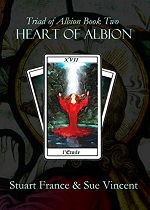






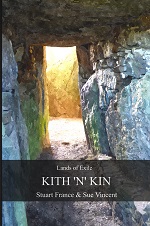
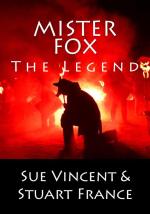

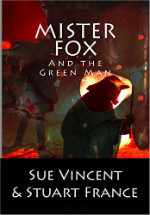
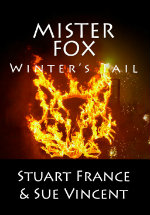


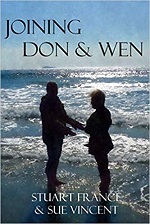

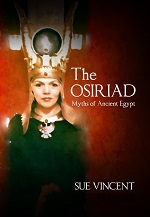





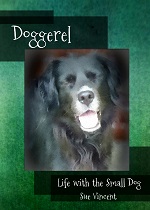




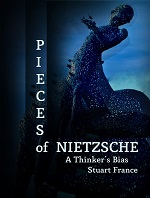
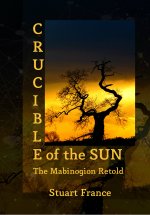


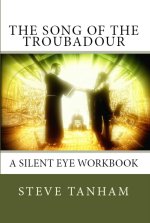


Reblogged this on Sun in Gemini.
LikeLiked by 1 person
Beautiful Sue, lovely pictures.
LikeLiked by 1 person
Thanks, Kamal 🙂
LikeLiked by 1 person
Welcome Sue.
LikeLiked by 1 person
Pingback: My little simple thought
Reblogged this on Anita Dawes & Jaye Marie.
LikeLiked by 1 person
What a truly beautiful place, and I am so glad we no longer use these places as was once intended…
LikeLike
Me too, Jaye. I’d rather hunt with the camera any day.
LikeLiked by 1 person
my ‘weapon’ of choice, too…
LikeLike
🙂
LikeLike
So lovely! I wish we had squirrels here. They’re so cute! I guess we have possums though.
LikeLike
We don’t have possums… though my son named his ouse ‘Possum alace’ because of his tattoo… ‘possum ergo facit’, I can, therefore I do 🙂
LikeLiked by 1 person
😊
LikeLiked by 1 person
Beautiful.. away from the stress of daily life… nature at its best.
LikeLike
It really was, Sally… just stunning.
LikeLiked by 1 person
What a great place and photos too. Thanks for sharing.
LikeLike
It is, a lovely place 🙂
LikeLiked by 1 person
Interesting information and lovely pictures, Sue. 🙂 — Suzanne
LikeLike
The deer were delightful and completely unconcerned 🙂
LikeLike
Sue, your photos are beautiful. I had never heard of deer parks and I’m glad they don’t exist today. To think that only a certain class of people were permitted to hunt the deer and consume the meat is abhorrent. The poor people who had to do without.
LikeLike
The class and feudal systems had…and have…man such anomalies. The deer parks that exist today still protect the deer, but at least we get to enjoy them these days.
LikeLiked by 1 person
Oooooh lovely!
LikeLike